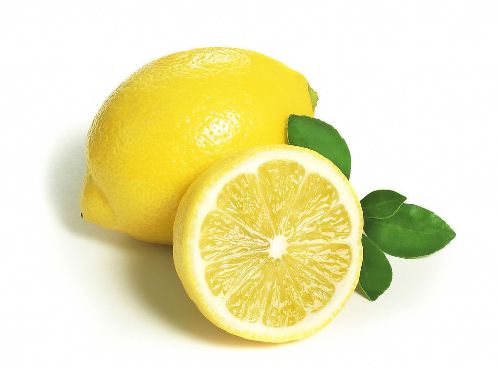High uric acid: What to eat and what not
Nutrition plays a key role in the control of uric acid levels. Find out what to eat and what not to prevent hyperuricemia.
The metabolism of purines produce uric acid, which comes mostly from food, but the body, also generated it. The level of uric acid that is considered normal is located in the 7 mg/dl in men and 6 mg/dl in women. Levels that, as with cholesterol or triglycerides, is desirable to monitor, since when remain high in time can lead to hyperuricemia, one of the risk factors of cardiovascular disorders.
What can we do? The prevention is in our hands. The power plays a key role in controlling the levels of uric acid, controlling the intake of certain foods that, by its composition, favor the production of uric acid. Similarly, among the key tips when reviewing the diet must be moderate salt intake, increase the presence of vegetables in the diet and drink 1.5 to 2 liters of water every day.
What to eat
There are foods that help control uric acid, such as skim milk, the fruits and vegetables rich in vitamin C and including cherries, lemon, artichoke or celery. Also, a good ally is the caffeine, taken moderately.
You can take up to two cups of coffee per day to help reduce uric acid levels. It is important to carry a light, varied and healthy diet that will help us to take care of the weight, because overweight is a major cause of increased uric acid.
What not to eat
First of all, avoids saturated fats, the refined flours and sugars. These are foods that are especially rich in purines, so it is best to restrict their presence in the diet. Foods like red meat, sausages, offal (kidneys, liver …), blue fish and shellfish.
